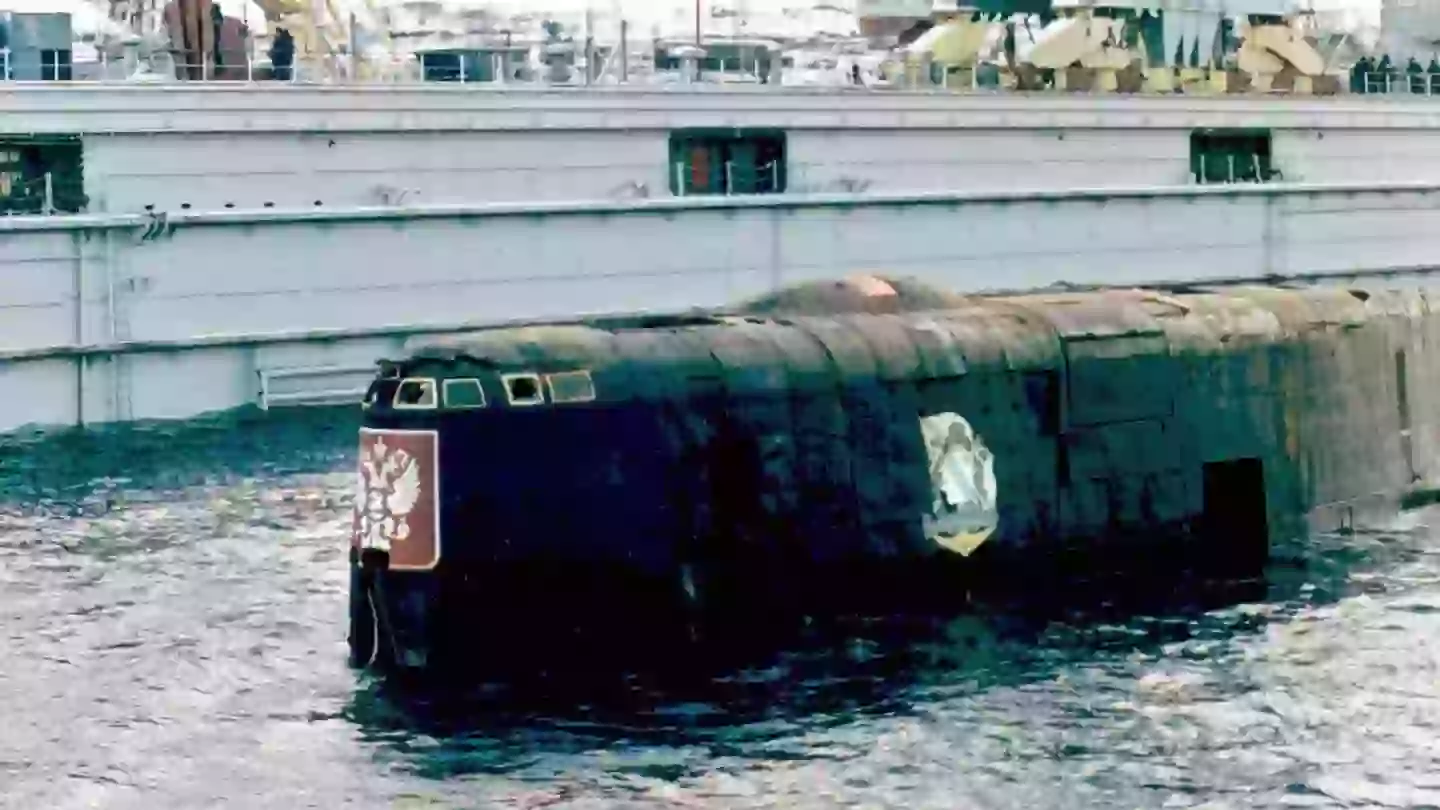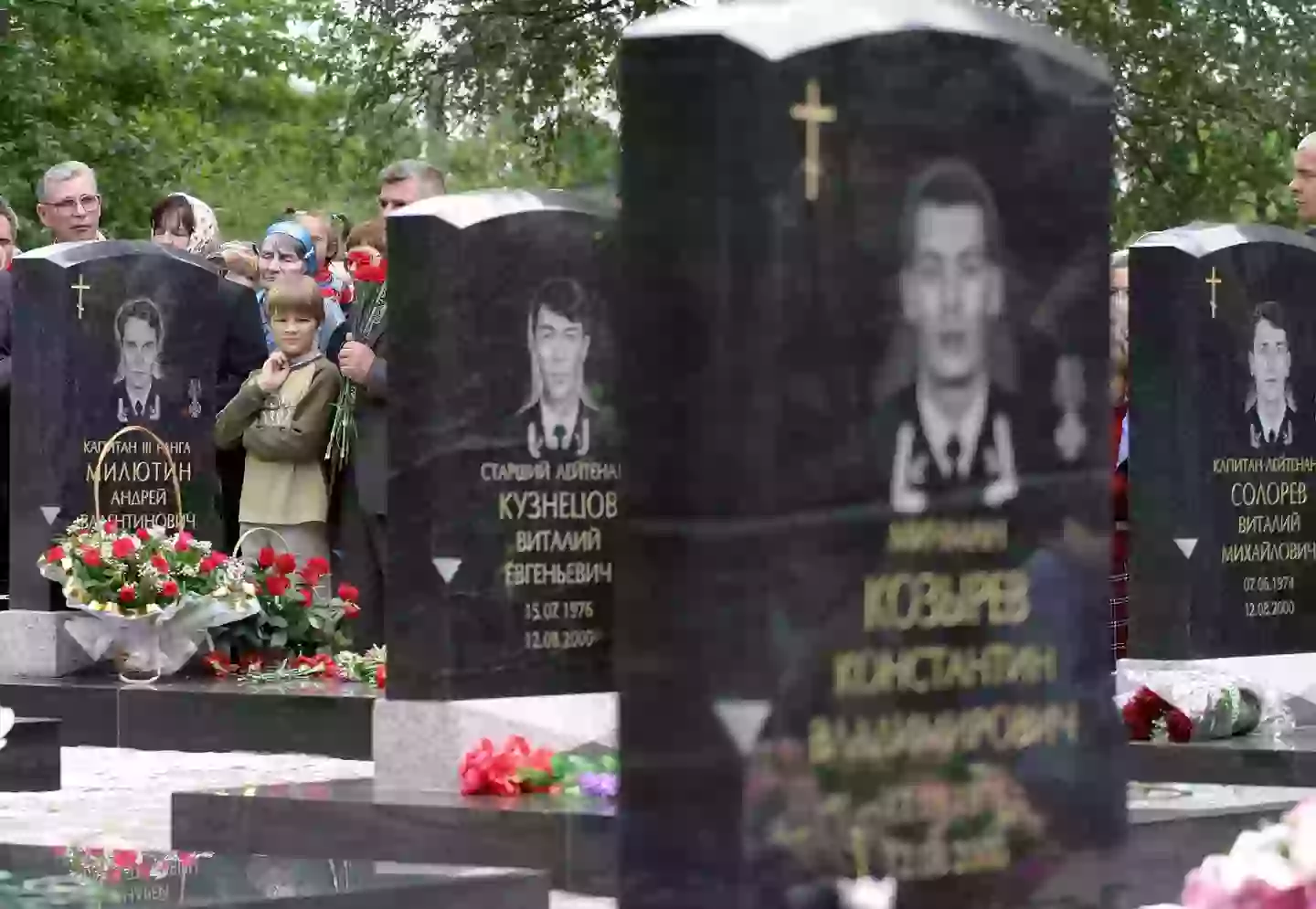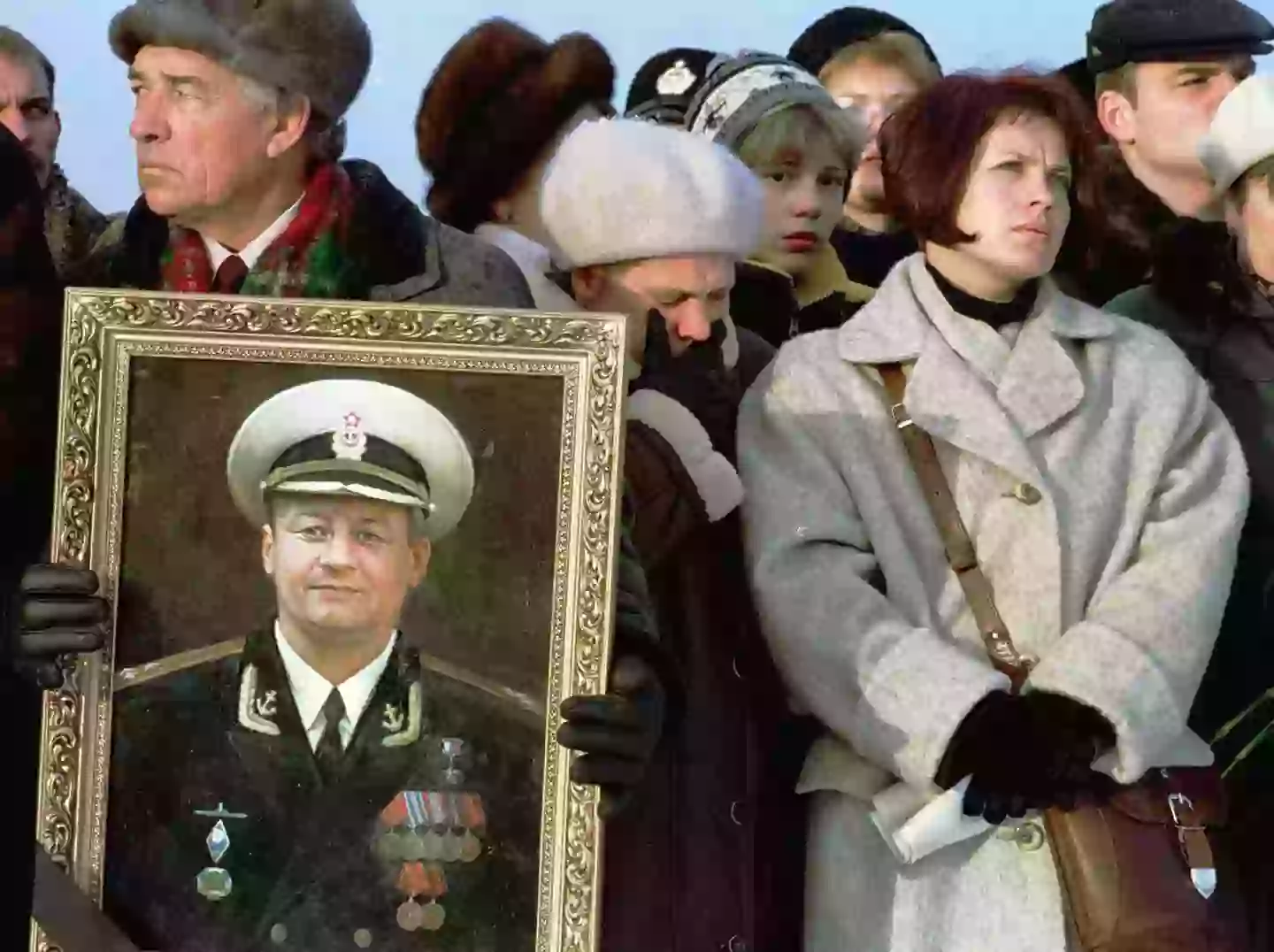
A haunting letter was once found on board a Russian nuclear submarine which had sank and claimed the lives of 118 crew members.
The 'Kursk submarine disaster' was named after vessel K-141 when it dropped to the bottom of the Barents Sea during a naval exercise on 12 August, 2000.
The first explosion took place in the forward torpedo room after a faulty weld caused a leak of high-test peroxide (HTP), the equivalent of 100–250 kilograms of TNT.
Advert

Just two minutes later, a second, much more powerful explosion happened, registering 4.2 on the Richter scale. It was said to have been detectable as far away as Alaska, US.
These explosions caused the Russian submarine to sink 108 meters down onto the seabed, and although 23 sailors initially survived the denotations, they died just hours later from suspected suffocation from depleted oxygen levels, according to Britannica.
In the aftermath, a handwritten letter from one of the crew members provided a chilling insight into what happened.
Captain-Lieutenant Dmitri Kolesnikov wrote: "All personnel from sections six, seven, and eight moved to section nine.
Advert
"There are 23 people here. We made this decision due to the emergency. None of us can get to the surface."

The note also included a personal message to his family and wife, Olga, expressing his love and concern in his final moments.
Sadly, the 23 crew members died soon after, along with Kolesnikov.
Following the tragic incident, Vice-Admiral Valery Ryazantsev pointed at possible deficiencies in crew training and maintenance procedures which factored in to why the disaster happened.
Advert
He said: "The crew had no experience with HTP-powered torpedoes and had not been trained in handling or firing them.
"Due to their inexperience and lack of training, compounded by incomplete inspections and oversight, they set off a chain of events that led to the explosion."

Boris Kuznetsov, a legal expert, also criticised the government's handling of the situation.
"The most important thing to know is that the authorities should not lie, because when they do, their mistakes have devastating consequences," he said. "That’s the main lesson of the Kursk disaster."
Advert
And then a year after the incident, President Vladimir Putin opened up about his decision to remain on holiday during the crisis.
"I probably should have returned to Moscow, but nothing would have changed," he admitted. "I had the same level of communication both in Sochi and in Moscow, but from a PR point of view, I could have demonstrated some special eagerness to return."
Topics: World News, Russia, Vladimir Putin